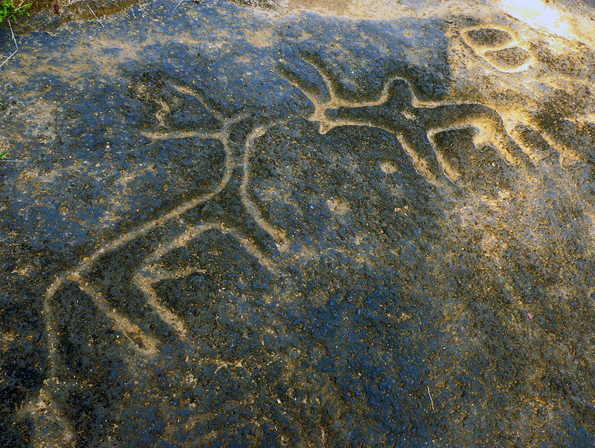Ever wondered what was Goa like before the Portuguese rule? This article gives you a brief history before the Portuguese arrival.
Prehistoric Goa
Evidence of human life in Goa dates back to 8000-6000 B.C. where homo-sapiens lived in the Konkan region with rock carvings of figures of Mother Goddess and many other motifs near the Kushavati River. There is very little information about these earliest settlers. However these discoveries have demonstrated that the region had been supporting a population of hunter-gatherers well before the advent of agriculture.
Neolithic Period
According to Anant Ramakrishna Dhume, the Gauda, Kunbi and other such caste are modern descendants of the historical Mundari tribes. He notes several words of Mundari originate in Konkani. Traces of Negroids from the Neolithic stage of primitive culture and their characteristic can be found in parts of Goa.
Later Migrations
Many Sumerians settled in Goa and along the Konkan coast in 2200 B.C. The second wave of migrants arrived sometime between 1700 to 1400 BC. This was accompanied by southern Indians from the Deccan plateau. A wave of Kusha or Harappan people moved to Lothal around 1600 BC to escape submergence of their civilisation which thrived on sea-trade. Their cultures, customs, religions, dialects and beliefs, led to revolutionary change in early Goan society.
Rise of the Empires
The Mauryas were the first dynasties to arrive in Goa and ruled from the 4th to the 7th century B.C. Later the Shatavahanas occupied the land, which began as vassals of the Mauryan Empire, but declared independence as the Mauryan Empire declined. Their rule lasted from 2nd century BC to 100 AD. The Bhojas fortified themselves after the end of Satavahana Empire. With the fall of the Satavahanas, the lucrative seaborne trade declined. Many Greeks converted to Buddhism settled in Goa during this period. Buddha statues in Greek styles have been found in Goa. It can be seen that they ruled a very small part of Goa. Maharashtri prakrit was their language of administration, which influenced medieval Konkani to a great extent. The Bhojas ruled Goa for more than 500 years, annexing the entirety of Goa. The earliest known record of the Bhoja Empire from Goa dates from the 4th century AD, it was found in the town of Shiroda in Goa.
Medieval Period
The Shilaharas ruled the South Konkan Goa from 755 till 1000 AD. This was followed by the Kadambas who ruled Goa from the 10th to 14th century. They ruled from Chandor, but the port of Gopakapattana was not included in the early years. The Goa Kadambas were the later scions of the main Kadamba Dynasty, whose modern descendants still live in Goa.
Muslim’s Conquest
In 1350 AD, Goa was conquered by the Bahmani Sultanate. However, in 1370, the Vijayanagar empire, a resurgent Hindu empire situated at modern day Hampi, re-conquered the area. The Vijayanagar rulers held on to Goa for nearly a century, In 1469 Goa was re-conquered by the Bahmani Sultans of Gulbarga. When this Sultanate broke up in 1492, Goa became a part of Adil Shah’s Bijapur Sultanate, which established Goa Velha as its second capital.
After this event, the Portuguese colonized Goa and influenced her culture, and traditions.
Photograph Credit: Nijgoykar


